SUMMARY
This is AI generated summarization, which may have errors. For context, always refer to the full article.
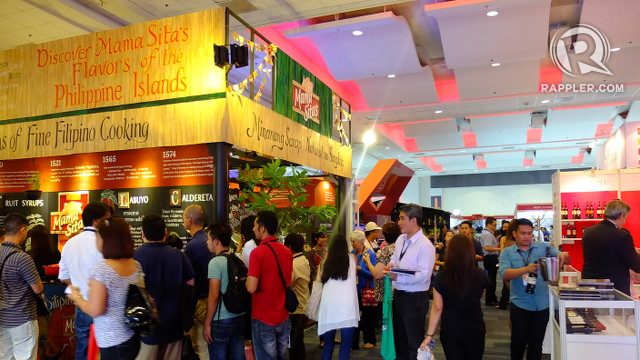
MANILA, Philippines – Globalization and ASEAN integration are opening up larger markets for Philippine agricultural products.
The question is, do our products have what it takes to take on the world?
A visit to the trade exhibit at Madrid Fusion Manila 2015 gives a glimpse of the huge potential of home-grown products. Featured at the exhibit are award-winning chocolates and liquor, sustainably-harvested fish, certified-organic vegetables, and much more.
Even more interesting than the products are the stories of their founders – entrepreneurs who believe in the marketability of “Made in the Philippines” and who have found innovative ways of working with Filipino farmers from all corners of the country.
They’ve worked hard to give Philippine products a good name – through tasteful packaging, quality processing, and unique flavors.
Here are some products to be curious about:
1. Artisanal chocolates
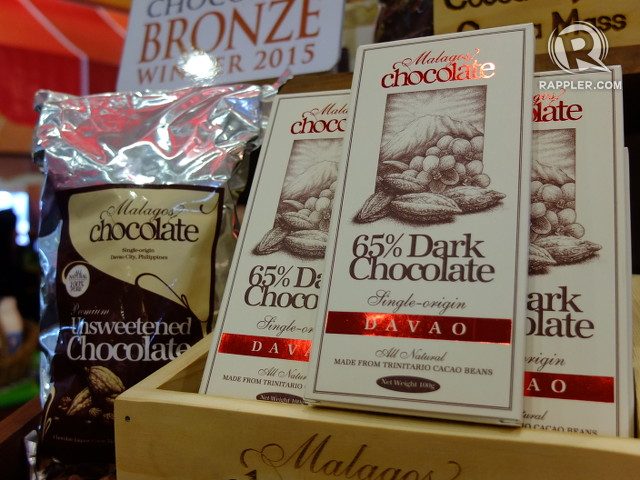
You don’t need to import chocolates to get the good stuff. Two premium chocolate brands are right here in the Philippines.
Malagos Chocolate from Davao uses single-origin Trinitario cacao beans, one of the finest cocoa beans in the world. They are all grown and processed in Davao farms. The Malagos 100% Pure Unsweetened Chocolate recently won a Bronze Medal in the Best Unflavored Drinking Chocolate category in the 2015 Academy of Chocolate competition in London.
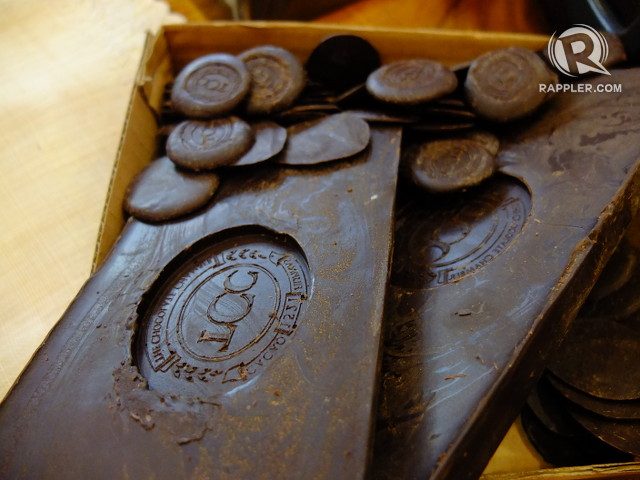
Ralfe Gourmet Chocolate hails from Cebu. It is best known for its tablea or sikwate made from 100% cacao beans. The gorgeous packaging hints at the quality of the other products – quick-melting chocolate discs, chocolate nibs, truffles, and cookies.
2. Sustainably-harvested fish
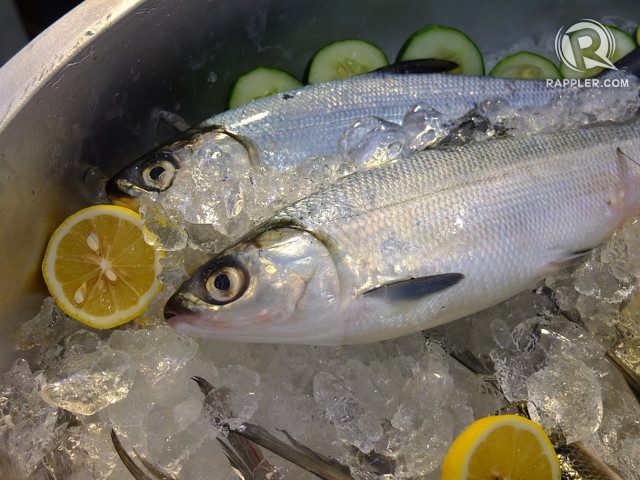
At a time when 7 out of 10 fishing grounds in the country are over-exploited, it’s hard for the eco-conscious to enjoy seafood without the guilt.
Fisherfarms says you won’t have that problem with their fish products. Its milkfish (bangus) are harvested using giant fish cages instead of through deep-sea fishing which tends to deplete wild fish stocks, said export manager Katrina Bulaong.
Its fish is also gluten-free, cassein-free, and MSG-free. Bulaong adds that their fish sausages are made using only sea salt and vegetable-based casing.
The company also makes its own “extruded” fish feed or feeds that float in the water making them easier to account for and less likely to sink and pollute ocean waters.
3. Craft beer
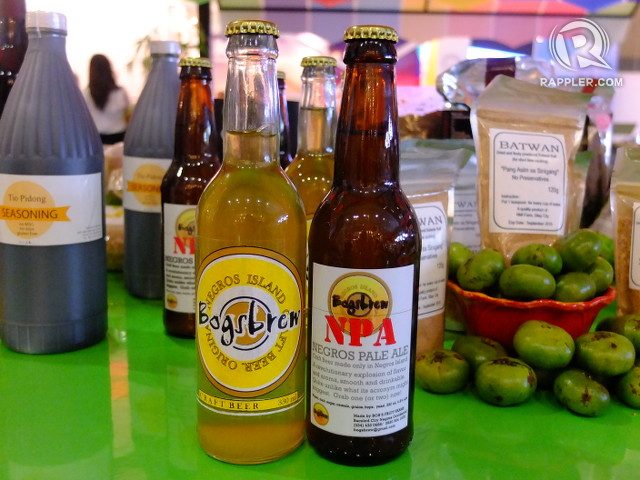
If Negros Island – sugarcane capital of the country – were to have its own distinct beer, guess what its base would be?
Negrense brand Bogsbrew makes ales and lagers from muscovado sugar. Bogsbrew NPA (Negros Pale Ale) is made of sugar, malt, cereals and grains.
4. Coffee from iconic mountains
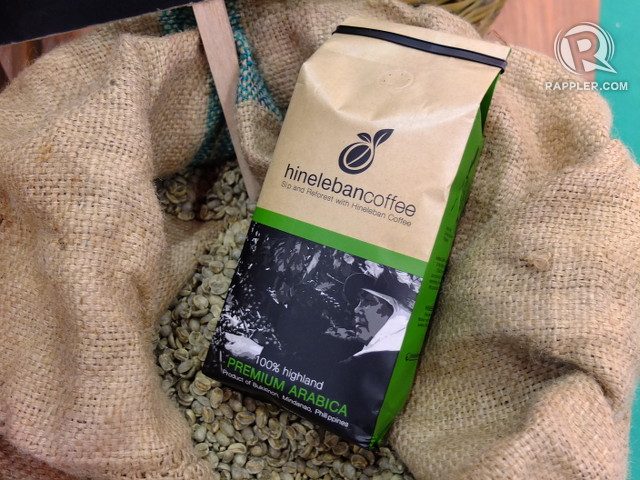
Hineleban coffee works with 7 indigenous tribes in Bukidnon, Mindanao, to bring 100% highland premium arabica beans to waiting coffee cups.
Its “Sip and Reforest” campaign promises to plant one tree for every 500-gram coffee bag purchased. Each bag even has a code printed on it so you can find online a photo of your tree and its location on Googlemaps.
Its rainforestation sites are near the areas where their coffee trees are planted – in Mindanao mountain ranges like Kalatungan and Kitanglad.
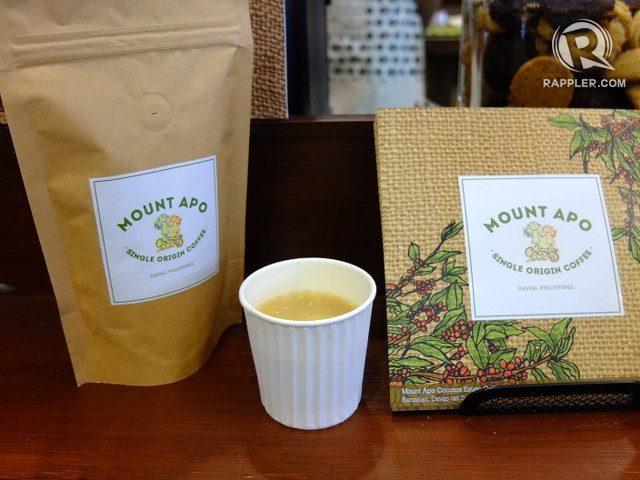
Mount Apo Cocotos Estate, a coffee brand less than a year old, uses coffee beans from the southeastern slopes of Mount Apo, the country’s highest peak.
Negros Island Rainforest Organic Coffee, meanwhile, hails from trees planted in communities near Mount Kanlaon, the island’s legendary active volcano. Its coffee is certified organic by Nicert, the island’s organic certification services.
5. ‘Biodynamic’ veggies, herbs
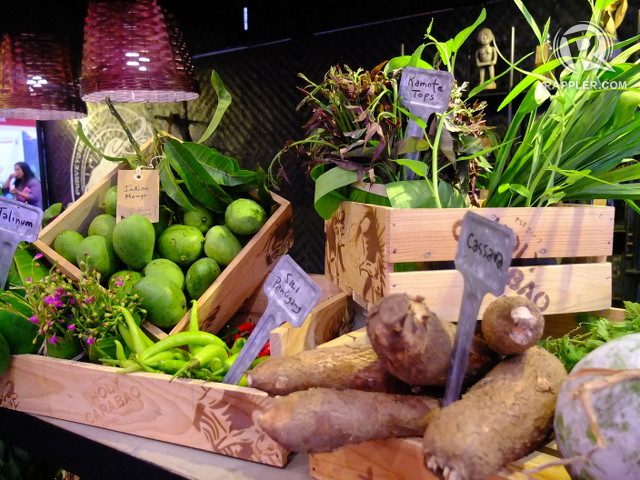
Malunggay, gabi, kamatis, and other goodies from the earth are farmed, collected, and packaged by Holy Carabao Holistic Farms, a network of family farms from all over the Philippines.
The network ensures that the products it delivers to your doorstep are from biodynamic agriculture, an approach to farming that treats the farm as an ecosystem or integrated whole. Aside from avoiding the use of chemicals, it advocates crop rotation, composting, seed-saving, and multi-cropping which co-founder Melanie Teng-Go says is more sustainable.
The company does this by carefully screening the smallholder farmers it partners with. The farms of these farmers are checked for sanitation, efficiency, and eco-friendliness.
6. Unique liquor flavors
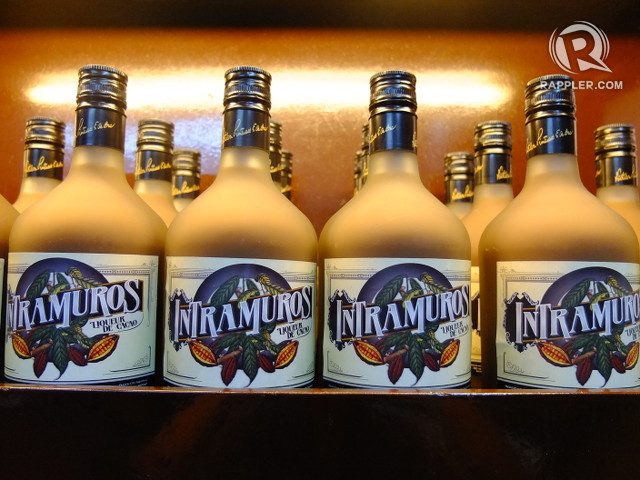
The oldest distillery in the country, Destileria Limtuaco & Co, brings new twists to Philippine liquor. You might already be familiar with its gorgeously-packaged Manille Liqueur de Calamansi. It now also has Manille Liqueur de Dalandan.
Another must-try – Intramuros Liqueur de Coco – tastes just like a tablea chocolate drink with a punch.
Those curious about how high-quality lambanog or coconut nectar spirit tastes like can also check out Lakan Extra Premium Lambanog, a Philippine liquor now recognized as among the best in the world.
7. Unique ice cream flavors
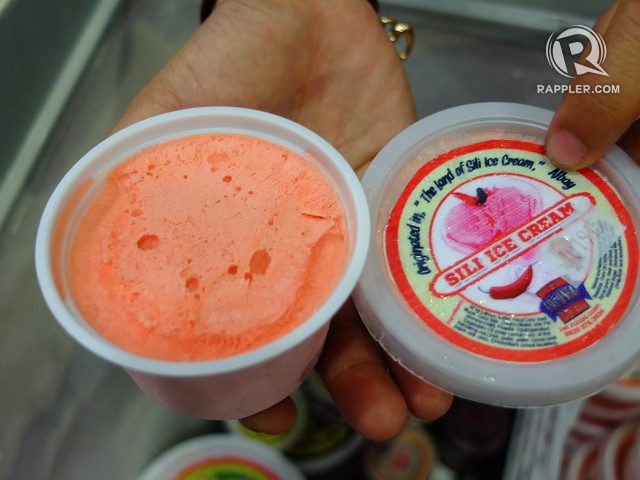
If you’re tired of the usual chocolate, vanilla, and strawberry ice cream flavors, you might be intrigued by the flavors of 1st Colonial ice cream.
Made by a Bicol-based restaurant, its showcase flavor is Sili (chili) ice cream which comes in 3 different levels according to spiciness. Those who want something milder (but no less interesting) can try their Tinutong na Bigas (scorched rice), Pili, Gabi (taro), and Cacao ice cream flavors. – Rappler.com
Madrid Fusion Manila is being held at the SMX Convention Center, Pasay City, from April 24 to 26, 2015.
Add a comment
How does this make you feel?




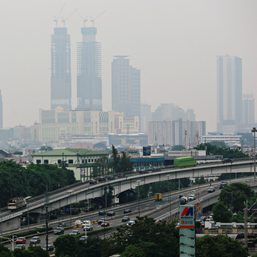
There are no comments yet. Add your comment to start the conversation.